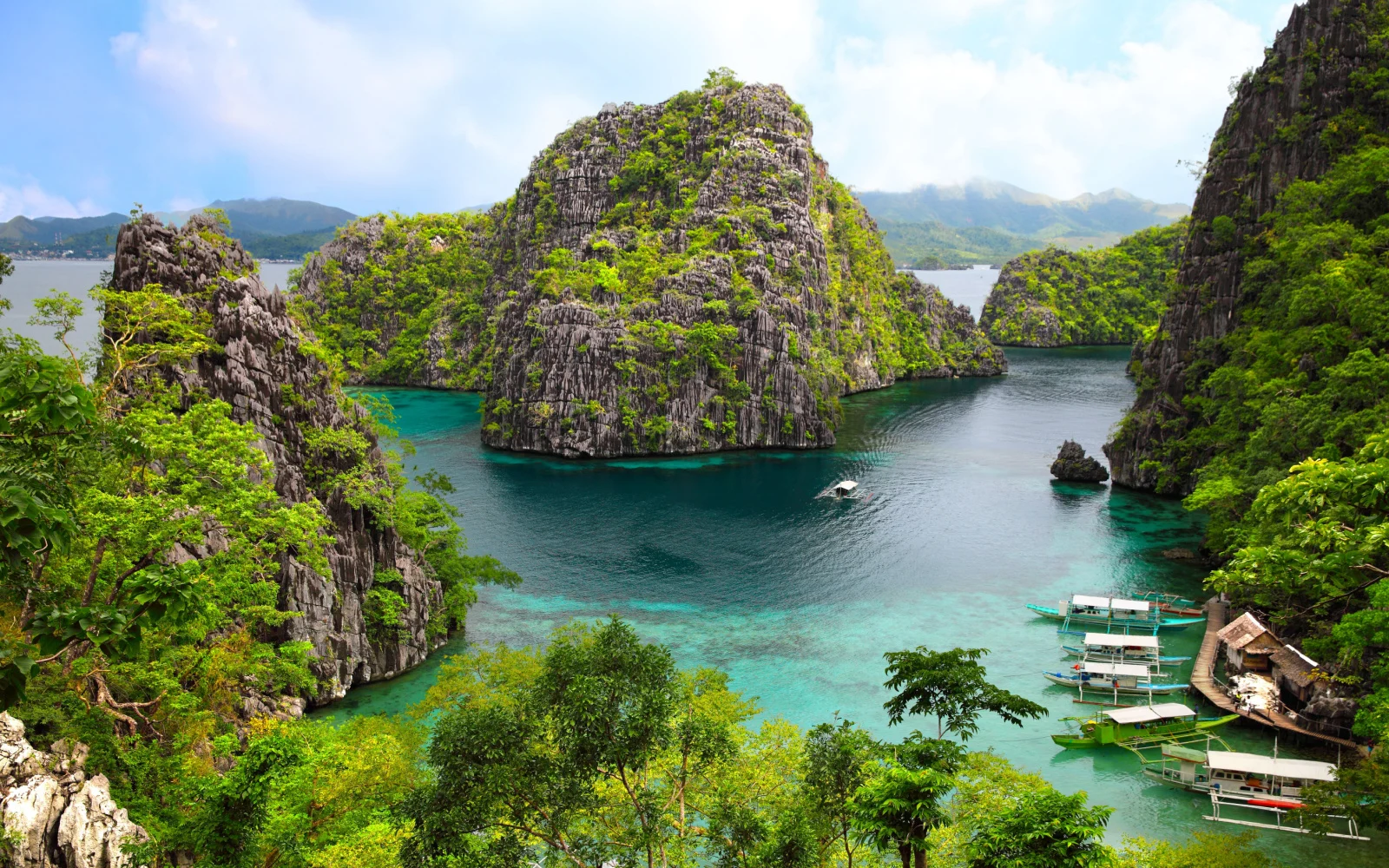The Philippines are a beautiful beach destination that is somehow still off the beaten path for travelers, even those experienced on the Southeast Asian backpacker circuit.
The country contains over 7,000 islands, some inhabited and some not, with pristine sandy beaches and turquoise waters. You could spend a lifetime just resting on the beach, but the Philippines also has a lot more to offer.
Head inland to discover amazing landscapes such as Kayangan Lake or the Rice Terraces of Banaue. Cities such as Manila boast a vibrant culture of street food, karaoke, and friendly people.
Many travel influencers are touting these islands as the next great travel destination, are the Philippines safe to visit? Here’s our take.
Are the Philippines Safe to Visit in 2025?
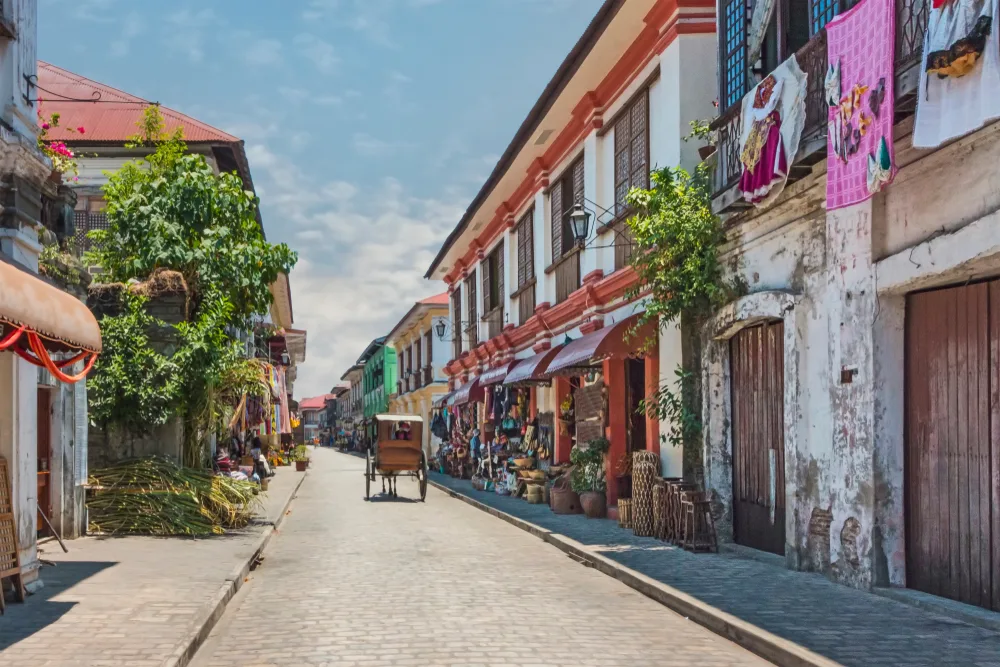
Daniel Andis/Shutterstock
Mostly, yes. The Philippines are a massive country, so the answer depends on where you go. There are regions that are prone to civil unrest, such as Mindanao and the Sulu Archipelago, where foreigners shouldn’t go at all.
Most of the country is fairly insulated from this violence, so the most you have to watch out for is some crime. Civil unrest in certain regions of the Philippines has been going on for several years, so it’s better to avoid these regions.
The Canadian government advises its citizens to avoid all travel to the Sulu Archipelago and western and central Mindanao and to engage in only the most essential travel to eastern Mindanao.
These warnings are repeated by other Western governments, as the southern regions of the Philippines are under sporadic control by extremist groups.
While most of the violent danger is concentrated in the southern Philippines, violence and civil unrest tend to spill over into the rest of the country.
Overall, the United States State Department issued a level two travel advisory for the country, advising visitors to exercise increased caution.
The warning is in place due to the risks of terrorist attacks and extrajudicial killings that occur, although rarely, anywhere in the country. Crime is sadly fairly common in the Philippines. The country ranks last in terms of safety in the region.
According to Macrotrends, the violent crime rate in 2019 was 4.41%. However, before you write off your trip to the Philippines, you should know that the same website gave the United States crime rate as 5.07% in 2019.
Common safety concerns for foreign visitors to the Philippines include:
- Petty theft and pickpocketing
- Scams
- Armed robbery and kidnapping
- Terrorism
It is important to have some situational awareness while you’re in the Philippines, but that doesn’t mean you shouldn’t visit the country at all. Just be aware that this won’t be a carefree beach vacation where you throw all your cares to the wind.
Crime in the Philippines
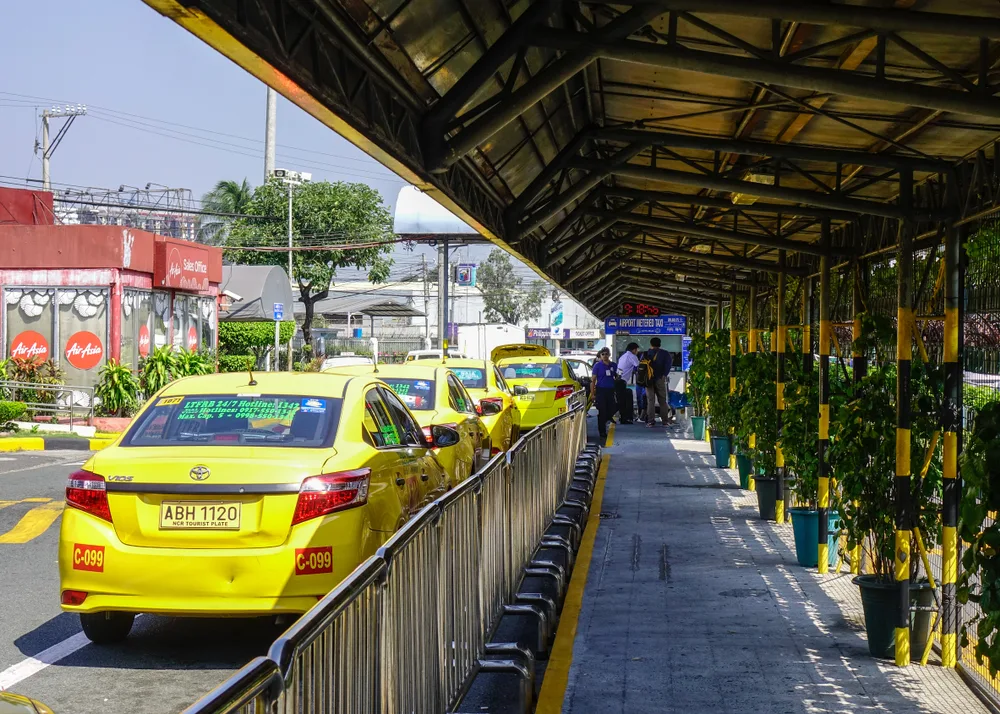
Phuong D. Nguyen/Shutterstock
Compared to other Southeast Asian countries that are popular on the backpacking circuit, the Philippines has a fairly high crime rate of 4.41%.
Many of these crimes are, unfortunately, violent crimes, such as homicide, armed robbery, and kidnappings. For example, the intentional homicide rate, according to the UN, is 8 per 100,000 men, or 0.008% (which is still high).
The Philippines also has many kidnappings, with a total of 85 kidnappings in 2019. The country has a problem with organized crime, which is often behind these kidnappings, as well as other crimes such as drug trafficking, human trafficking, and murder.
However, the response to the crime rate is sometimes more dangerous than the criminals themselves. Former president Duterte launched a campaign ostensibly to stop drug trafficking, but which often resulted in extrajudicial arrests and even murders targeting poor people in the country.
This campaign, which has carried on informally even after a new president was elected, is part of the reason why the Philippines has one of the highest incarceration rates in the world and in terrible prison conditions.
We listed some alarming crime and punishment statistics, but it’s important to remember that most people who are victims of these crimes are Filipinos themselves, not foreigners, and that the crimes mostly occur away from tourist centers.
Tourists are usually victims of theft, pickpocketing, and scams. One final thing to keep in mind in terms of crime and safety in the Philippines is terrorism.
Terrorism is mostly confined to a few regions, but incidents such as the bombing of Resort World in Manila in 2017 show that the violence is truly random. The same is true of any country in the world, including the United States and Western Europe.
Theft and Pickpocketing
Theft is by far the most common crime that foreigners have to keep in mind when planning their trips to the Philippines. The robbery rate in the Philippines is 15.3 incidents per 100,000 people, which is relatively high.
The most common form of robbery is pickpocketing, which occurs in crowded areas such as transit hubs as well as popular tourist destinations. Of course, pickpocketing is common pretty much anywhere in the world where tourists congregate.
You can take basic steps to protect yourself from the possibility of pickpocketing, the same that you would use anywhere else. Keep valuables and original documents in a secure location, such as a hotel safe, and avoid attracting attention.
Put your wallet and documents in secure places, such as a money belt, and be careful in crowded places where people might rub up against you or when you are walking near traffic.
Besides pickpocketing, more violent forms of theft, such as carjacking, are also common, especially in the metro Manila area. Carjacking makes up about 3% of crime in the Philippines, most of which (about 80%) occurs in the capital.
If you are in a rented car, make sure that you keep all windows and doors locked as you drive through the city. Another form of robbery that tourists may experience is armed robbery. Armed robbery incidents of foreigners are rarer than pickpocketing, but they do occur.
Try to avoid shady areas (more on those later) and walking alone at night. If you are a victim of a mugging, it’s better just to hand over your stuff than to try to fight back. Your possessions can be replaced; your life cannot.
Scams
Scams against foreigners are very common, so much so that it is worth dedicating time to explain the most common ones and how to avoid them.
Wherever you go, it’s a good rule of thumb to beware of people coming up to you and acting overly friendly. Even in places that have reputations for friendly locals, such as the Philippines, too much friendliness is a sign that someone is trying to take advantage of you.
One common scam is the “your face looks familiar” scam. Someone in public might come up to you claiming to recognize you from your accommodation and that they work there.
Then, the person will invite you along on a private tour — that will end in an unfamiliar place where some accomplices might be waiting to rob you. Romance scams are also fairly common in the Philippines. Usually, the contact will start online.
A scammer will meet a victim online and start a relationship. Then, they will claim that they need money to get through hardship situations, ask for personal information, or even ask for intimate photos.
If you are coming to the Philippines to visit a romantic partner, meet up in a public space first. Make sure you never hand over your documents to someone else. Also, always be careful when handling money.
When you are taking money out of an ATM, beware of someone offering to help you, as that person might be trying to get your personal information. Shake the ATM card reader to make sure there isn’t a card skimmer attached.
Besides ATMs, money exchanges are also dangerous places. Make sure you exchange at reputable banks and offices, not market stalls that promise you a better rate but actually give you a lower amount or pass counterfeit bills.
Avoiding Bad Areas
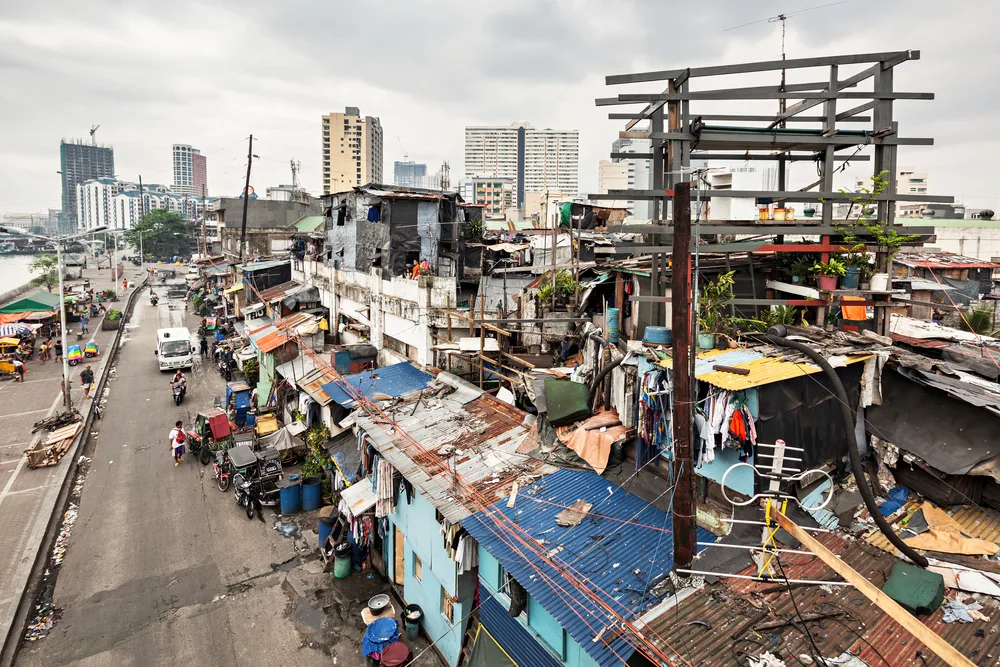
MANILA, PHILIPPINES – MARCH 18: Slum region on March, 18, 2013, Manila, Philippines. Manila is a Philippines capital with very strong contrasts in standard of living/Saiko3p/Shutterstock
To make sure your trip to the Philippines happens without a hitch, make sure that you avoid bad areas. A good starting point is to look at travel advisories.
Governments such as the UK have travel advisories specifically for certain regions, especially Mindanao, the Zamboanga Peninsula, and the Sulu Archipelago, which have higher risks of piracy, kidnapping, terrorism, and violence.
The terrorist group, the Moro Islamic Liberation Front, has a heightened presence in this area. There is unrest in other parts of the country that also have insurgencies, such as Luzon.
Rural parts of this province see a heightened presence of the New People’s Army, an armed terrorist group. Wherever you go in the Philippines, you will see a heightened police and military presence due to the declaration of martial law in certain regions.
As you travel through the country, you can expect military checkpoints and heightened security, so make sure that you have your documents with you and that they are in order.
If you decide to travel around the country by bus or car, be careful, as roadblocks and hold-ups by terrorists happen in more dangerous areas.
The city of Manila itself has several neighborhoods that are dangerous for foreigners. Petty crime is common in the crowded centers of Manila, the neighborhoods of Malate and Ermita.
Organized crime is prevalent in Tondo, the port, but unless you make yourself conspicuous, you shouldn’t have to worry about running afoul of gangsters (and you probably won’t visit the port anyway).
In Manila, you also want to avoid the city’s slums. These are where the city’s poorest people live, and a wallet taken from a wealthy tourist seems like a very attractive prospect for most people.
The city slums are scattered all over the Metro Manila area. Some of the biggest ones are Tondo, San Andres, and Batasan Hills.
Things to Consider
Here are some things to keep in mind when traveling in the Philippines:
- Driving in Metro Manila is a sport in and of itself. It’s best to avoid driving within the city to avoid getting into an accident.
- Taxis in Manila are also common scam sites. Never get into a taxi without a meter, and use a taxi-hailing app such as Grab if you can.
- Besides humans, you also have nature to worry about in the Philippines. Natural disasters such as typhoons, floods, and even volcanic eruptions do occur. Don’t visit during the typhoon season, and read up on precautions ahead of time.
- Don’t drink the water. Although local Filipinos drink the tap water in Manila and other places, it’s better to err on the safe side as a tourist and drink bottled water to avoid water-borne diseases.
Frequently Asked Questions
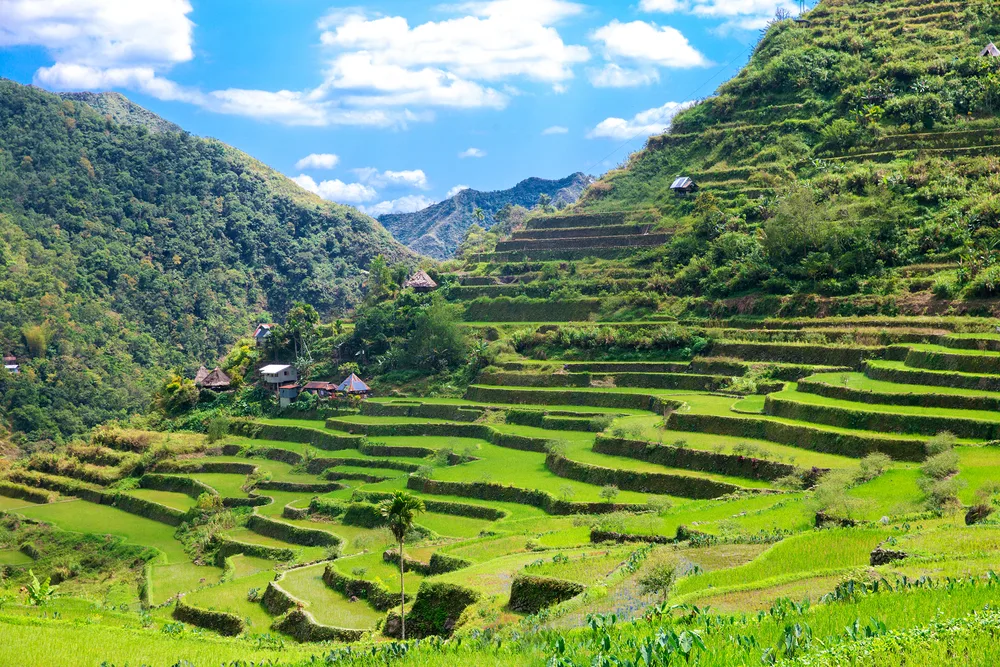
Frolova_Elena/Shutterstock
Here are some other questions visitors to the Philippines wanted to know the answers to:
What should I avoid in the Philippines?
In terms of safety, you should avoid flashing your valuables, traveling to slums in Manila, and visiting regions where your government has issued a travel advisory.
In terms of politeness, avoid making faux pas, such as disrespecting elders, addressing unfamiliar people by their first names, and insulting the country.
Is it safe to travel to the Philippines now?
Over the past few years, the situation in the Philippines has worsened, in part due to President Duterte’s campaign against drugs and the insurgencies that arose in response. The situation has calmed down in the past year or so, but you still need to exercise some caution.
Is the Philippines a tourist-friendly country?
The Philippines is a very tourist-friendly country. In fact, it was voted one of the friendliest countries in the world by Conde Nast Traveler. Just because there are some safety considerations doesn’t mean that you shouldn’t visit the country.
How do Filipinos treat foreigners?
Remember that the Philippines is a very big country. The majority of people treat foreigners with respect and welcome, and many visitors say the hospitality was one of their favorite parts of visiting the country.
Is the Philippines safe for solo female travelers?
The Philippines is actually one of the safer countries in Asia for solo female travelers. Rates of sexual harassment are low, and the country has one of the highest rates of gender equality in the world. There is a solid infrastructure in place to support female travelers, such as female-only hostel rooms.
So, Area the Philippines Safe to Visit?
When visiting the Philippines, you need to exercise caution, such as not walking in unfamiliar areas at night, keeping your valuables secure, and researching the areas you want to visit for news of insurgency.
However, that shouldn’t discourage you from trying to discover this beautiful country. So what are you waiting for — book your trip to the Philippines today!



